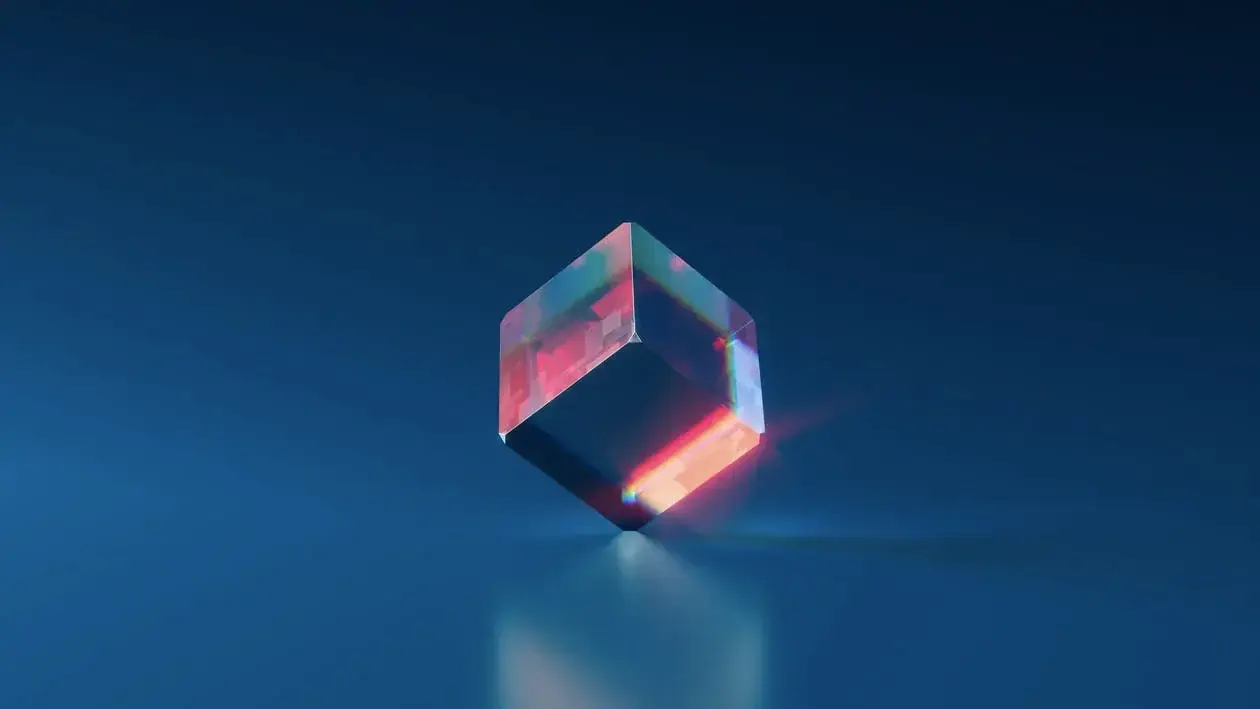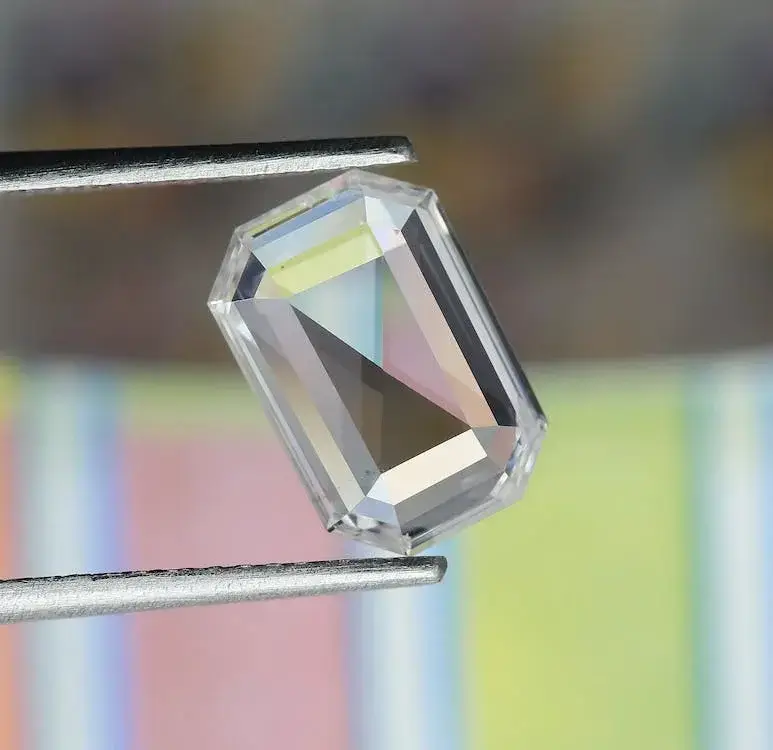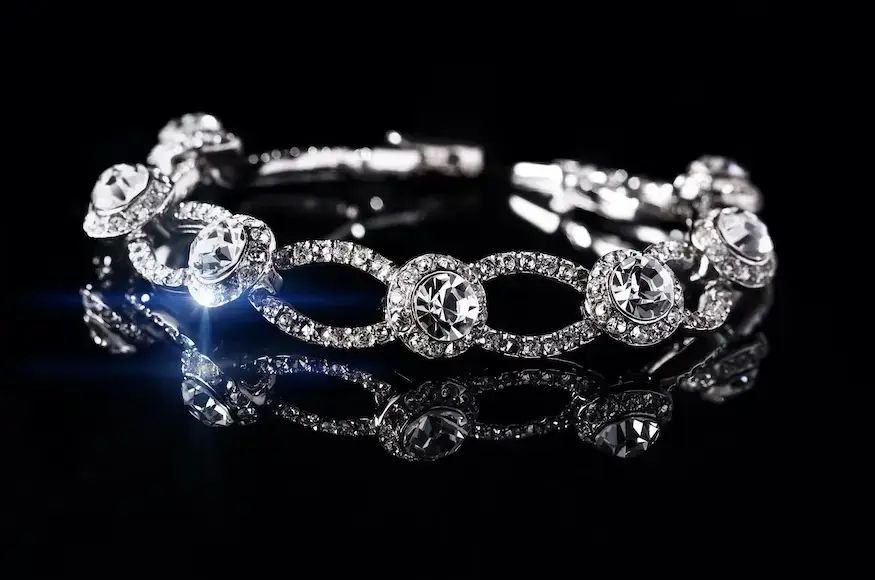6 Things You Need To Know About Lab-Grown Diamonds
- General, Jewellery Design
6 Things You Need To Know About Lab-Grown Diamonds
Contact us
Bengaluru
Campus 1 : JD School of Design, No. 18-1, Brigade Road, Bengaluru,Karnataka – 560 001.
Campus 2 : No. 40, Swan House, 4th Cross, Residency Road, Bengaluru, Karnataka – 560001.
Goa
Musthtifund Saunstha , Near Mahalaxmi Temple,Dada Vaidya Road, Goa-403001
With technology evolving every day, lab-grown diamonds have gained immense popularity.
Lab-grown diamonds jewellery, also known as synthetic or man-made diamond jewellery, has gained significant popularity in recent years as a more ethical and sustainable alternative to natural diamonds. With everyone looking for trending and glamorous jewellery, you may have some questions about these stunning gemstones. In this article, we’ll cover six important things you should know about lab-grown diamonds.
What are Lab-Grown diamonds?
Lab-grown diamonds are a type of diamond that is produced in a laboratory setting rather than being extracted from the earth through mining. These diamonds are also known as man-made diamonds or synthetic diamonds. These products are manufactured using sophisticated technology that replicates the environmental conditions in which natural diamonds are created.
Lab-grown diamonds have the same physical, chemical, and optical properties as natural diamonds, making them a popular and ethical alternative to mined diamonds. Lab-grown diamonds are a product of advanced technology mimicking the natural diamond-growing process. These diamonds possess the same chemical and physical properties as natural diamonds.

How Lab-Grown diamonds are made?
High-Pressure High-Temperature (HPHT) and Chemical Vapour Deposition (CVD) are the two primary techniques that are utilised in the manufacturing of lab-grown diamonds. In either approach, a small diamond seed is started. Then the diamond is grown over a period of time using either extreme heat and pressure or a gas combination, respectively.
Lab-Grown Diamonds vs. Natural Diamonds
In the diamond market, there are two options: lab-grown diamonds vs natural diamonds, each with its distinct traits. While natural diamonds form deep within the earth over millions of years, lab-grown diamonds are produced in a laboratory setting in a matter of weeks or months.
Furthermore, lab-grown diamonds are generally more affordable and ethical, as they do not necessitate destructive mining practices or the exploitation of diamond mining workers. Natural diamonds, on the other hand, have a timeless appeal and are frequently valued for their scarcity and distinct characteristics. The decision between lab-grown and natural diamonds ultimately comes down to personal preference and budget.
Are Lab-Grown Diamonds GIA Certified?
Yes, lab-grown diamonds are GIA certified. Over the course of more than eight decades, the Gemmological Institute of America (GIA) has been evaluating and certifying diamonds. These days, the GIA also provides grading results for laboratory-created diamonds. These records provide information on the diamond’s carat weight, clarity, colour, and cut, which are collectively referred to as the “4Cs.” This attests to the quality of these diamonds and also marks progress in technology.
Lab-Grown Diamonds vs. Moissanite

Lab-Grown Diamonds vs Moissanite has always been a topic of debate. These two are popular alternatives to natural diamonds in the jewellery market. While lab-grown diamonds are essentially identical to natural diamonds in terms of their physical and chemical properties, moissanite is a completely different gemstone made of silicon carbide.
In terms of appearance, lab-grown diamonds have the same brilliance and clarity as natural diamonds, while moissanite has a unique, rainbow-coloured sparkle that some people prefer. Additionally, lab-grown diamonds are often more expensive than moissanite, but they are also more durable and have a higher resale value. In the end, the choice between lab-grown diamonds and moissanite is made based on individual tastes and financial constraints.
Types of Lab-Grown Diamonds
There are two types of lab-grown diamonds, known as Type I and Type II lab-grown diamonds. Type I diamonds are the most prevalent type of lab-grown diamond and are characterised by the presence of nitrogen impurities. Type II diamonds are significantly scarcer and are distinguished by the absence of nitrogen contaminants. The CVD or the HPHT technique can be utilised to successfully cultivate either variety.
Lab-Grown Diamonds Benefits
Given below are some benefits of opting for lab-grown diamonds:
- The cost of a lab-grown diamond is less than a natural diamond- You can don these jewels without having to invest in expensive natural diamonds.
- They are sourced ethically- This eliminates the issues of human rights abuses and environmental damage associated with traditional diamond mining.
- Lab-grown diamonds environmental impact is significantly lower- lab-grown diamonds, on the other hand, require considerably less energy and water to produce, and they produce far fewer carbon emissions and waste materials.

Final Words
Lab-grown diamonds are an excellent option for consumers who want to enjoy the beauty and durability of diamonds without the ethical and environmental concerns associated with natural diamonds. So, it’s safe to say lab-grown diamonds are a great alternative to natural diamonds.
If you’re interested in learning more about diamonds or jewellery designing, take a look at the JD School of Design’s Bsc in Jewellery Design– a full-time course that can open the gate of the jewellery designing industry for you. The program is followed by a one-month internship opportunity as well.
So don’t wait, enrol today!
